
Introduction to peeling skin
Peeling skin is a condition that can be both uncomfortable and embarrassing when it occurs.
We all now that the skin goes through a natural process in which it replaces and renews itself every several weeks. The dead skin cells are replaced by new ones on the regular and sometimes, skin peeling is a part of this process and heals up very quickly.
However, sometimes skin peeling can become excessive and irritation, and it is then obvious that it is not just a natural process but a problem that relates to other factors. Some of the things that can lead to excessive skin peeling are excessive exposure to the sun, and a slew of skin disorders.
In these cases, the process itself can be painful and hard to get rid of, generally.
Causes
One of the main causes for unnatural skin peeling is the environment. When a person is exposed to excessive cold or sunlight, skin can peel. When a person is out in the sun all day, the skin burns and then the dry skin begins to peel in order to make room for healthy skin cells.
Very cold weather can also cause skin peeling, dryness and general discomfort.
Peeling skin can also be the result of a medical side effect, especially if a person takes medicine that he or she does not know that they are allergic to.
Medicines taken for cancer treatments, especially chemotherapy drugs, often cause skin peeling.
Acne medicine has also been known to damage the skin.
There is also a condition known as peeling skin syndrome in which a person will suffer from peeling and itchy skin continuously. The skin is in this case, usually very red and itchy as well.
Another possible cause is exfoliative dermatitis, in which the skin not only peels, but is also red, swollen and flaky.
Fungal infections can cause the skin to peel, especially between the fingers. This can be caused by wearing gloves or tight shoes for long periods of time and sweating in them excessively, which is the perfect breeding ground for fungal infections.
When a person has a condition called Kawasaki disease, they can experience skin peeling, as well as redness and swelling of the palms and the soles of their feet. Another possible cause is Netherton syndrome, which is a genetic skin disorder that causes peeling, redness, inflammation, and scaly skin. Prevention and treatments
The best way to prevent skin problems of this nature is to maintain a healthy diet. Make sure to consume all necessary nutrients in order to maintain healthy skin.
A person can experience peeling skin if he or she is not consuming enough vitamins A and B, iron and iodine.




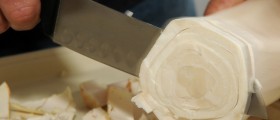



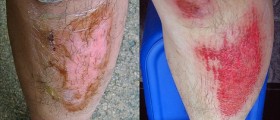


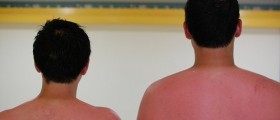
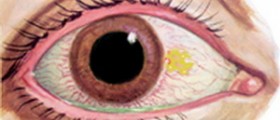

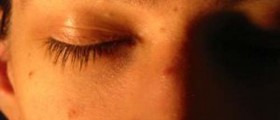

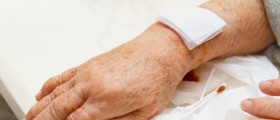
Your thoughts on this
Loading...